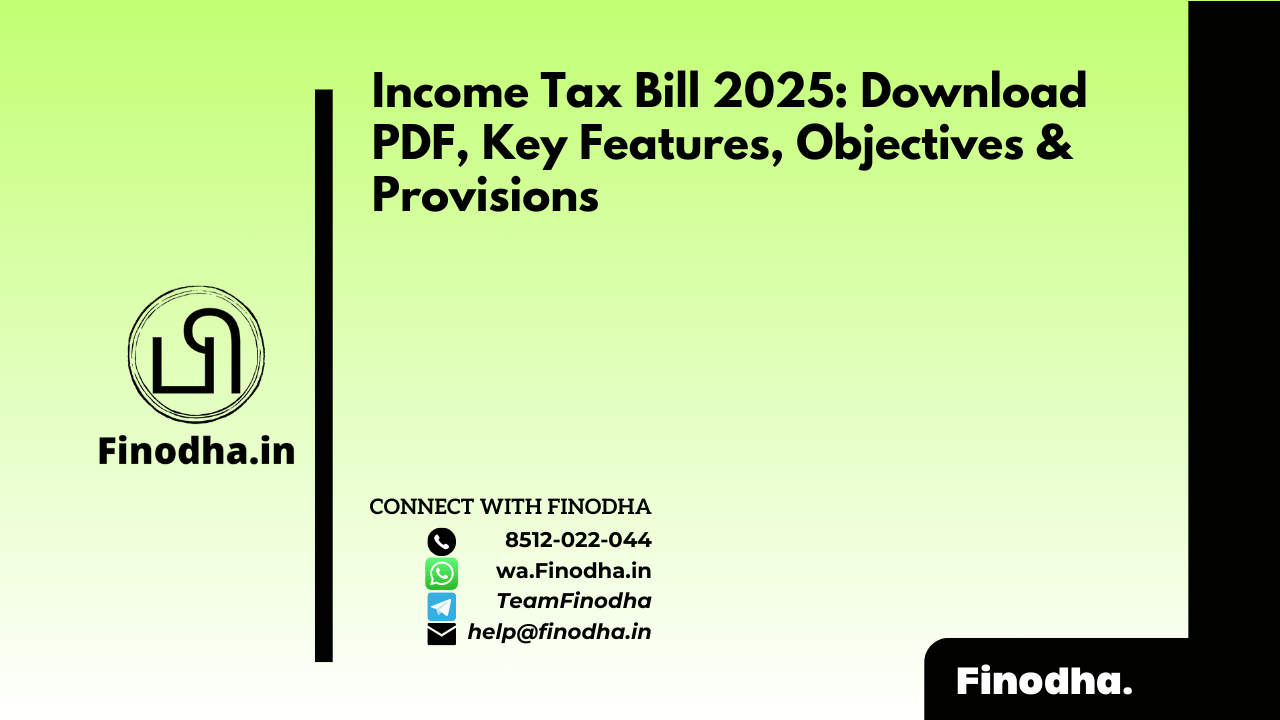Important Keyword: Accounting for Taxes, AS 22, Income from Business & Profession, Income Tax.
Table of Contents
AS 22 – Accounting for Taxes on Income
The primary objective of Accounting Standard 22 (AS 22) is to provide guidelines for the accounting treatment of taxes on income. This standard addresses situation where taxable income may diverge from accounting income, leading to challenges in aligning taxes with revenue for a specific period. By establishing consistent principles for recognizing and accounting for income taxes, AS 22 aims to enhance transparency and accuracy in financial reporting. This standard ensures that companies appropriately reflect their tax obligations and liabilities in their financial statements, facilitating a clearer understanding of their financial performance and position.
Types of Income
Accounting income refers to the net profit or loss reported in the statement of profit and loss for a specific period, before considering income tax expenses or savings.
Taxable income represents the income (or loss) for a period as determined by tax laws, upon which income tax payable is calculated.
Differences between Taxable and Accounting Income
Taxable income may deviate from accounting income due to various factors:
- Disallowed Expenses: Some items debited in the profit and loss account are not permitted as expenses under tax laws.
- Partially Allowed Expenses: Certain expenses fully debited in the profit and loss account are only partially allowed or amortized over time under tax laws.
Timing and Permanent Differences
These differences are classified into two categories:
- Timing Differences: These differences arise in one period but are adjusted or reversed in subsequent periods. Examples include provisions for bad debts and expenses allowed on a payment basis.
- Permanent Differences: These differences between taxable and accounting income do not reverse subsequently. Examples include non-deductible expenses like goodwill amortization and disallowed personal expenditures.
Application of AS 22
Accounting Standard 22 (AS 22) mandates the recognition of deferred tax for all timing differences. It ensures that financial statements reflect the impact of transactions during the year, whether current or deferred.
What is Deferred Tax Asset?
DTA arises when taxable income exceeds accounting income, resulting in higher tax payable based on tax laws. This creates an asset since taxes are paid in advance, with benefits expected in the future.
What is Deferred Tax Liability?
DTL occurs when accounting income exceeds taxable income, leading to lower tax payable under tax laws. It represents a provision for taxes payable in future years, as the amount paid is less than the actual amount per books.
Computation of DTA/DTL
| Computation of Accounting Income | Year | ||
| Particulars | One | Two | Three |
| Profit Before Depreciation & Tax | 2,00,000 | 2,50,000 | 200,000 |
| Less: Depreciation | -20,000 | -20,000 | -30,000 |
| Accounting Profit (PBT) (A) | 180,000 | 230,000 | 170,000 |
| Computation of Taxable Income | Year | ||
| Particulars | One | Two | Three |
| Accounting Profit (PBT) (A) | 180,000 | 230,000 | 170,000 |
| Add: Depreciation as per books | 20,000 | 20,000 | 30,000 |
| Less: Depreciation as per income tax Act | -70,000 | – | – |
| Taxable Profit | 130,000 | 250,000 | 200,000 |
| Tax rate | 30% | 30% | 30 % |
| Current tax | 39,000 | 75,000 | 60,000 |
| Deferred Tax Computation | Year | ||
| Particulars | One | Two | Three |
| Opening balance of timing difference | – | -50,000 | -30,000 |
| Addition | -50,000 | – | – |
| Deletion | – | 20,000 | 30,000 |
| Closing Balance | -50,000 | -30,000 | – |
| Tax rate | 30% | 30% | 30 % |
| Deferred Tax | -15,000 | -6,000 | – |
| DTA/DTL to be shown in Balance Sheet | DTL | DTL | NIL |
| Amount for P&L | -15,000 | 6,000 | 9,000 |
| To be Debited/Credited to P&L | Debited | Credited | Credited |
| Reason for Debit/Credit | Creation of DTL | Reversal of DTL | Reversal of DTL |
| Tax Expense in books | Year | ||
| Particulars | One | Two | Three |
| Current Tax | 39,000 | 75,000 | 60,000 |
| Deferred Tax | 12,000 | -6,000 | -9,000 |
| Total Tax | 54,000 | 69,000 | 51,000 |
| Accounting Profit (PBT) (A) | 180,000 | 230,000 | 170,000 |
| Profit After Tax (A-B) | 126,000 | 161,000 | 119,000 |
Read More: Deferred Tax Assets: Definition, Types, and Treatment
Web Stories: Deferred Tax Assets: Definition, Types, and Treatment
Official Income Tax Return filing website: https://incometaxindia.gov.in/




